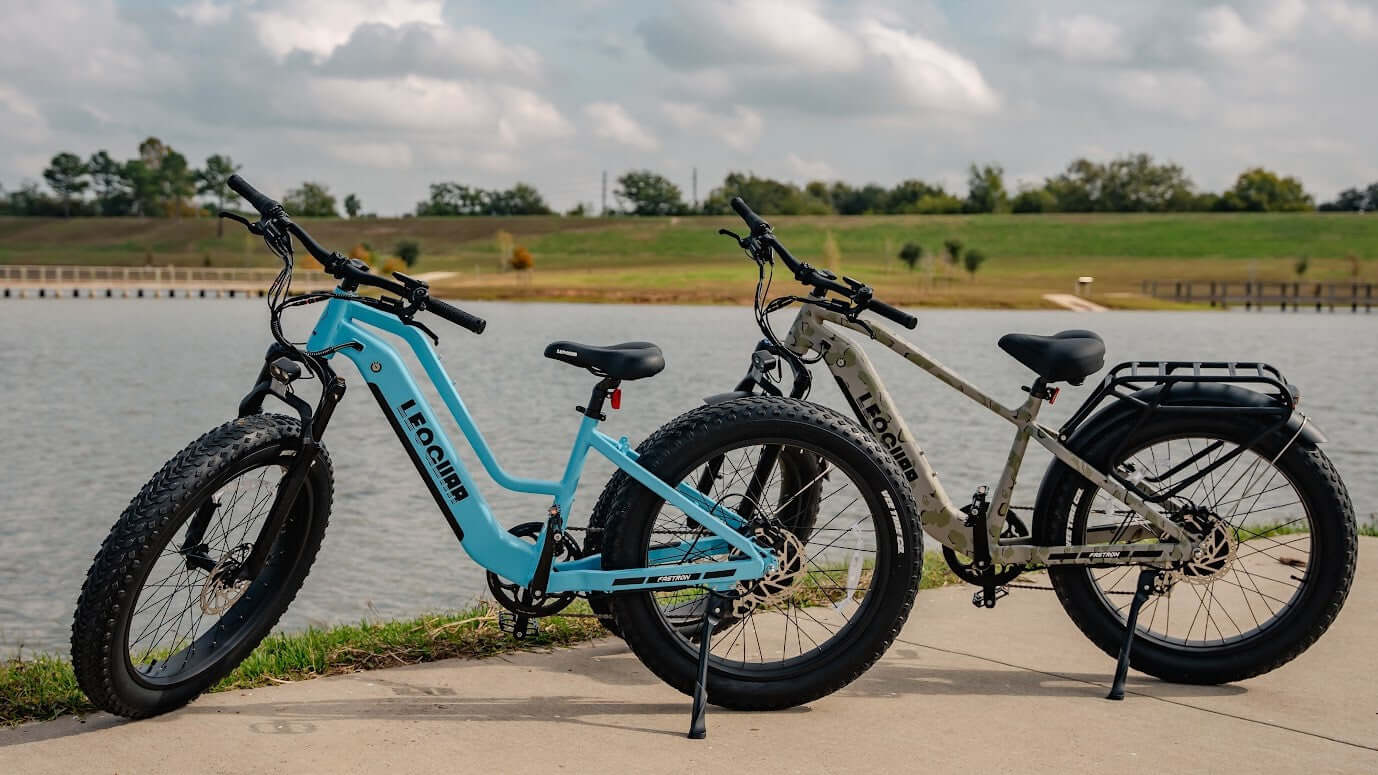
Electric Bikes for Adults: Your Guide to Choosing and Enjoying the Ride
Remember that hill on your commute you always dreaded? Or maybe you dream of weekend rides exploring scenic routes but worry about keeping up or going the distance. Perhaps you're simply looking for a greener, more enjoyable way to get around town. If any of these resonate, the world of electric bikes – or e-bikes – might hold the key to unlocking new possibilities.

An e-bike isn't a scooter or motorcycle; it's fundamentally a bicycle equipped with a small, quiet electric motor and battery designed to assist your pedaling effort. This simple addition has sparked a revolution in personal transportation and recreation, especially among adults. Forget struggling up inclines or arriving at your destination drenched in sweat – e-bikes make cycling more accessible, practical, and downright fun. This guide will help you navigate the options, understand the benefits, choose the right e-bike for your needs, and hit the road (or trail) safely and confidently.
Why Go Electric? Key Benefits for Adults
The appeal of e-bikes for adults goes far beyond just novelty. They offer tangible advantages that can genuinely enhance lifestyles:
Flatten Hills & Conquer Distances: The motor's assistance transforms challenging terrains into manageable slopes and makes longer rides feel less daunting. Explore further than you thought possible.
Sweat-Free Commuting: Arrive at the office, meetings, or social events feeling fresh and energized, not exhausted and needing a shower. E-bikes make cycle commuting a viable option for more people and longer distances.
Boost Fitness & Health: Don't let the motor fool you – you still pedal! E-bikes encourage you to ride more often and for longer durations. You control the level of assistance, ensuring you get a cardiovascular workout tailored to your fitness level. It's exercise disguised as fun.
Increased Accessibility: For adults managing joint pain, recovering from injuries, or simply finding traditional cycling too strenuous, e-bikes are game-changers. They bridge the gap, allowing continued enjoyment of cycling's freedom and health benefits.
Eco-Friendly Transportation: Swapping car trips for e-bike rides significantly reduces your carbon footprint. They offer a quiet, clean, and efficient alternative for navigating urban environments and running errands.
Fun & Recreation: Simply put, e-bikes are a joy to ride. They can help you keep pace with faster friends or family members, rediscover scenic routes, or just feel the wind in your hair again.
Potential Cost Savings: While the initial purchase price is higher than a conventional bike, e-bikes can save money in the long run compared to car ownership (fuel, insurance, parking, maintenance) or even daily public transport fares.
Understanding the Different Types of Adult E-Bikes
E-bikes come in various styles, each tailored to specific uses. Understanding these categories is the first step in finding your perfect match:
Commuter/Urban E-bikes: Designed for practicality and daily use, these often feature integrated lights, fenders (mudguards), and rear racks for carrying work essentials or groceries. They typically offer a comfortable, relatively upright riding position suited for navigating city streets.
Cruiser E-bikes: Comfort and style are paramount here. Think relaxed, upright posture, wide, comfortable saddles, swept-back handlebars, and often balloon tires for a smooth ride. Ideal for leisurely beachside paths, park loops, and neighborhood errands.
Mountain E-bikes (eMTBs): Built tough for off-road adventures. These feature robust frames, powerful motors (often mid-drive for better handling on technical terrain), long-travel suspension to absorb bumps, and knobby tires for grip on dirt, gravel, and rocks. They make climbing steep trails significantly easier.
Road E-bikes: Sleek, lightweight, and designed for speed and efficiency on paved surfaces. They closely resemble traditional road bikes, often with drop handlebars, and provide subtle assistance to help riders tackle hills or maintain pace on longer fitness rides.
Folding E-bikes: The ultimate in portability. These bikes fold down into a compact size, perfect for storing in small apartments, taking on public transport, or stashing in an RV or boat. They usually have smaller wheels and are best suited for shorter urban trips.
Cargo E-bikes: The workhorses of the e-bike world. With extended frames and integrated racks or boxes, they are designed to haul significant loads – from weekly groceries to kids. Increasingly seen as viable car replacements for families and businesses.
Fat Tire E-bikes: Characterized by their oversized tires (4 inches or wider), these bikes excel on soft surfaces like sand, snow, or loose gravel, providing stability and traction where standard tires would struggle. They often borrow elements from cruiser or mountain bike designs.
Key Features and Technology Explained
Navigating e-bike tech specs can seem confusing, but understanding the basics makes selection easier:
Motor System:
Location: Mid-Drive motors are located at the bottom bracket (where the pedals attach). They apply power directly to the drivetrain, often resulting in better balance, climbing efficiency, and a more natural riding feel. Hub Drive motors are located in the center of the front or rear wheel. Rear hub motors are more common and generally less expensive, while front hub motors are rarer.
Power & Torque: Motor power is measured in Watts (W), typically ranging from 250W to 750W or more. Torque, measured in Newton-meters (Nm), indicates the motor's rotational force – crucial for acceleration and hill climbing. Higher torque generally means better climbing ability.
Assist Sensors: Cadence sensors activate the motor when they detect the pedals are turning. It's a simpler system, sometimes feeling like an on/off switch. Torque sensors measure how hard you're pedaling and deliver proportional assistance, resulting in a smoother, more intuitive, and responsive ride that feels more like traditional cycling amplified.
Throttle: Found on Class 2 e-bikes, a throttle allows you to engage the motor without pedaling, like a scooter (up to 20 mph).
Battery:
Capacity: Measured in Watt-hours (Wh), this is the battery's "fuel tank." Higher Wh generally translates to potentially longer range (e.g., 400Wh, 500Wh, 625Wh are common).
Range: This is the golden question with no single answer. Range depends heavily on factors like assist level used, terrain (hills!), rider weight, tire pressure, wind, and starting/stopping. Manufacturers provide estimates, but expect real-world range to vary from 20 to 80+ miles.
Charging & Placement: Most batteries take 3-6 hours to charge fully. Many are removable for convenient indoor charging, while some are integrated into the frame for a sleeker look.
Lifespan: Batteries degrade over time, typically lasting hundreds of charge cycles (often 3-5 years of regular use) before capacity noticeably decreases. Replacement batteries can be a significant expense ($400-$800+).
Bike Components:
Frame: Usually aluminum for a good balance of strength, weight, and cost. Consider frame size for proper fit and step-through designs for easier mounting and dismounting.
Brakes: Given the extra weight and speed, powerful brakes are essential. Disc brakes (hydraulic or mechanical) are standard and highly recommended. Hydraulic disc brakes offer superior stopping power and modulation with less hand effort.
Gears: Most e-bikes have gears like traditional bikes, helping you pedal efficiently at different speeds and inclines, working in tandem with the motor assist.
Display & Controls: Handlebar-mounted displays show speed, battery level, assist level, and sometimes range estimates. Controls allow easy adjustment of assistance.
Riding Legally and Safely
Understanding the rules of the road is vital for responsible e-biking:
E-Bike Classifications (Common US System):
Class 1: Pedal-assist only (motor engages only when you pedal); maximum assisted speed of 20 mph. Often allowed where traditional bikes are.
Class 2: Features a throttle (can power the bike without pedaling); maximum motor-powered speed of 20 mph (whether via pedal-assist or throttle). Regulations vary more widely.
Class 3: Pedal-assist only; maximum assisted speed of 28 mph. Often restricted from multi-use paths and may have helmet requirements.
CRITICAL NOTE: Laws governing where each class can be ridden (roads, bike lanes, multi-use paths, trails) vary significantly by state, county, and city. Always check your local regulations before riding.
Safety Gear: A certified helmet is non-negotiable. Bright clothing, front and rear lights (even during the day), and reflective elements enhance visibility.
Riding Practices: Be mindful of your increased speed compared to traditional bikes. Brake earlier, anticipate traffic, use hand signals, and be courteous to pedestrians and other cyclists. Practice handling the bike's extra weight, especially at low speeds.
Basic Maintenance: Regularly check tire pressure, keep the chain clean and lubricated, and follow manufacturer guidelines for battery care (avoid extreme temperatures, don't leave fully discharged for long periods).
Security: E-bikes are attractive targets for thieves. Invest in high-quality locks (U-locks or heavy-duty chains) and learn proper locking techniques (frame and wheel to a solid object). Secure storage is essential.
Potential Considerations & Downsides
While largely beneficial, keep these points in mind:
Cost: E-bikes represent a significant investment, typically ranging from $1,000 to $5,000+, considerably more than non-electric counterparts.
Weight: They are heavier (often 45-70 lbs), making them harder to lift onto car racks, carry up stairs, or pedal without assistance if the battery runs out.
Maintenance: While generally reliable, the added motor and battery introduce complexity that might require specialized service.
Regulations: The patchwork of local laws can be confusing to navigate initially.
Choosing the Right E-bike for You
Ready to take the plunge? Here’s how to narrow it down:
-
Assess Your Needs: What's the primary purpose? Commuting, fitness, trails, hauling cargo, leisurely rides? How far will you typically ride? What's your budget?
-
Match Type to Need: Use the descriptions in Section III to identify the categories that best fit your intended use.
-
Test Ride! This is arguably the most crucial step. Visit local bike shops and try different models. Feel the difference between motor types, test the handling, ensure a comfortable fit, and see how the assistance feels on hills.
-
Consider Local Support: Buying from a reputable local bike shop provides professional assembly, fitting advice, and readily available service and warranty support down the line.
Electric bikes are more than just a trend; they are a transformative technology empowering adults of all ages and fitness levels. They break down barriers to cycling, offering a practical, healthy, eco-conscious, and incredibly fun way to travel and explore. By understanding the different types, key features, and safety considerations, you can confidently choose an e-bike that perfectly suits your lifestyle. So, do your research, take some test rides, and get ready to rediscover the simple joy and profound freedom of cycling. Your next adventure awaits!

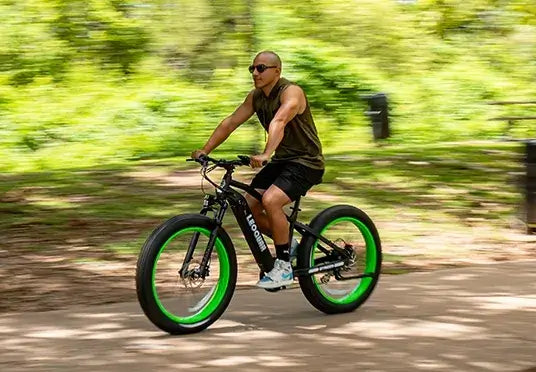
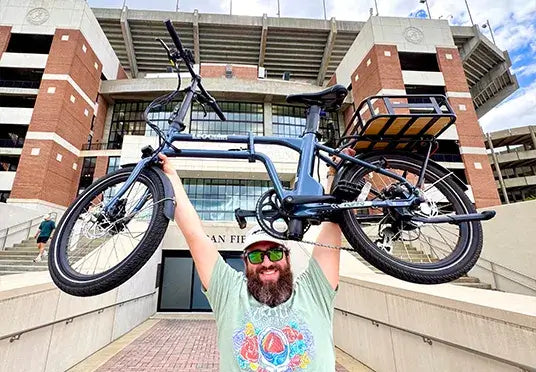
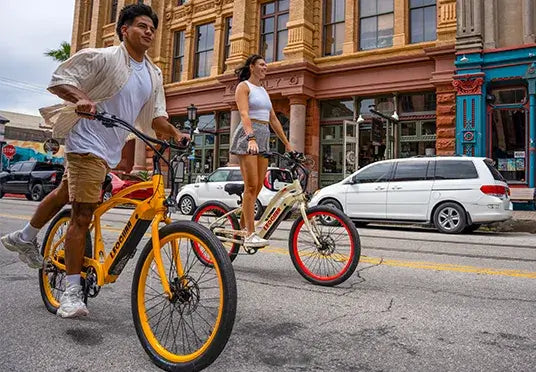
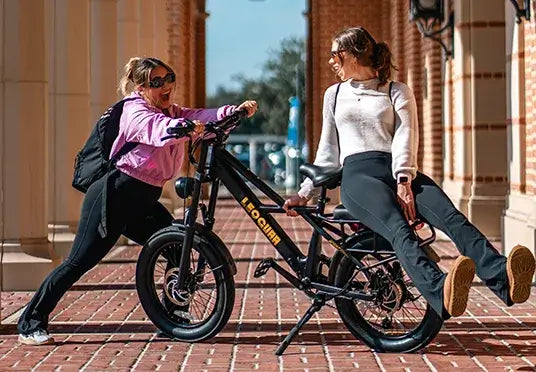
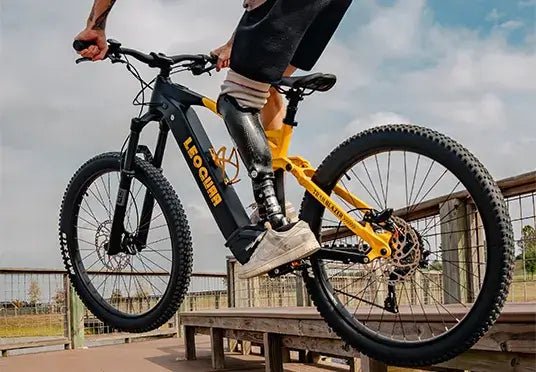

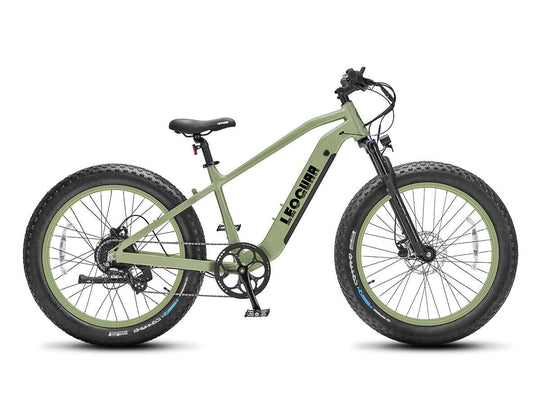
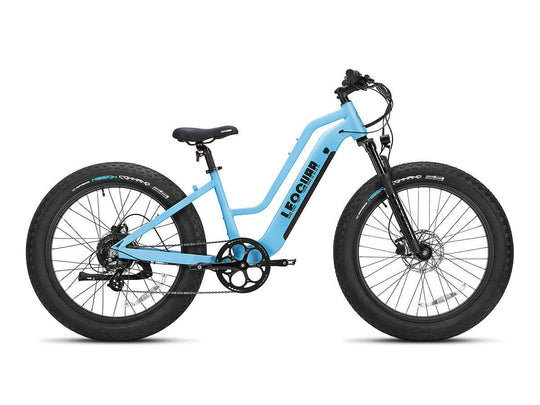
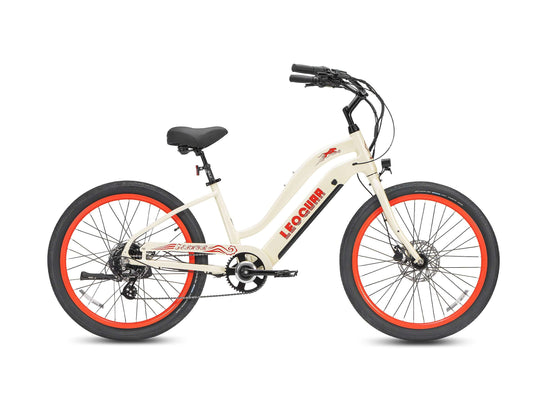
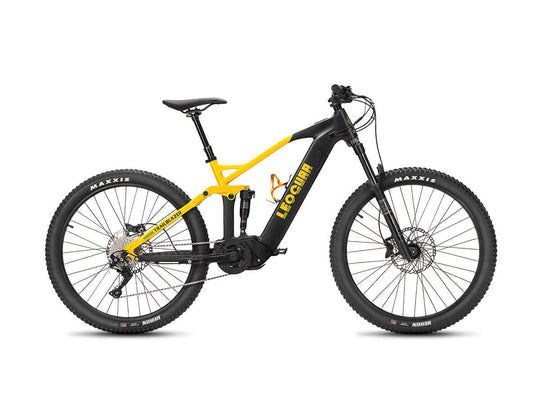

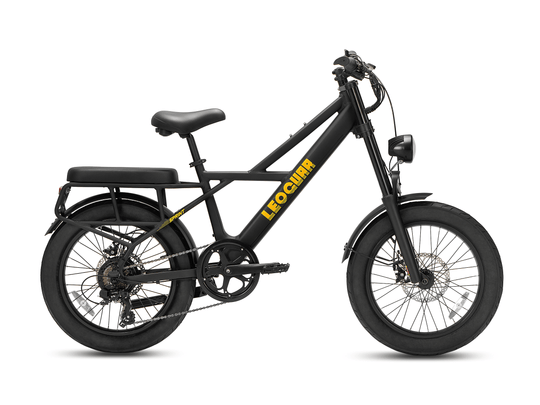
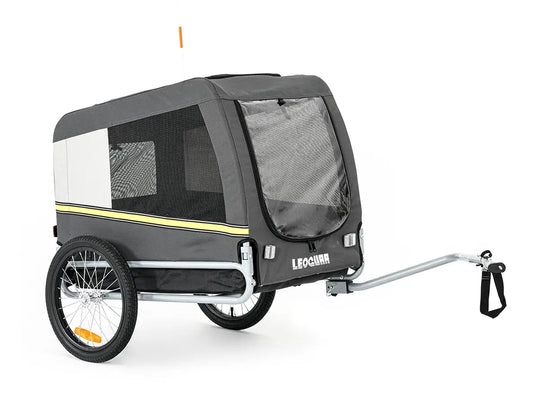
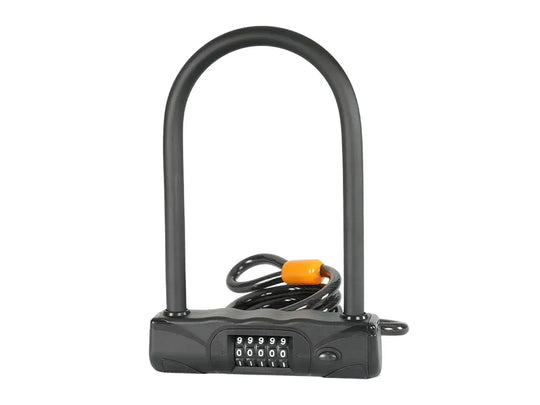

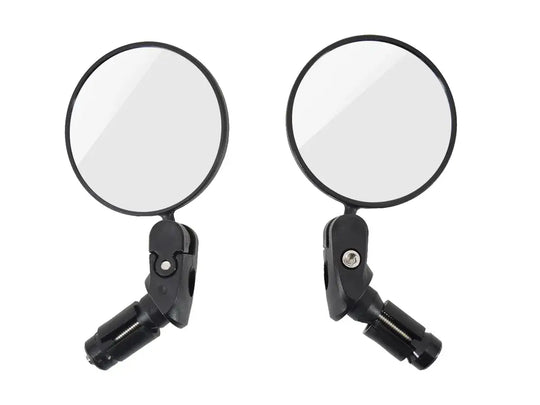
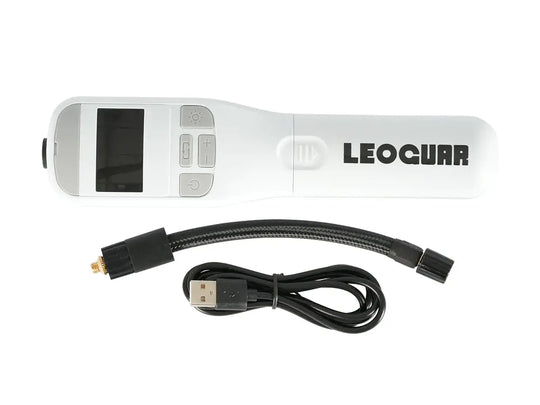
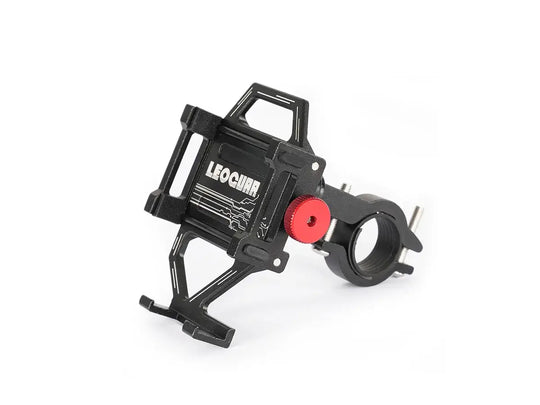
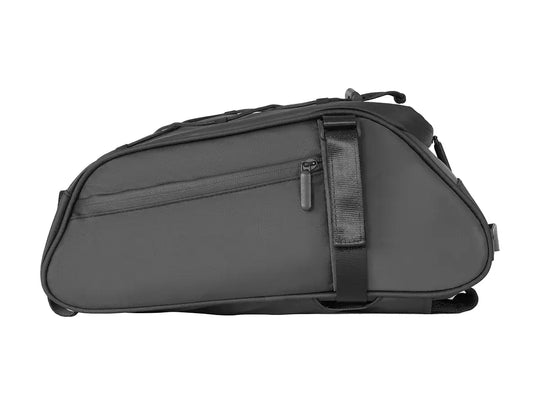
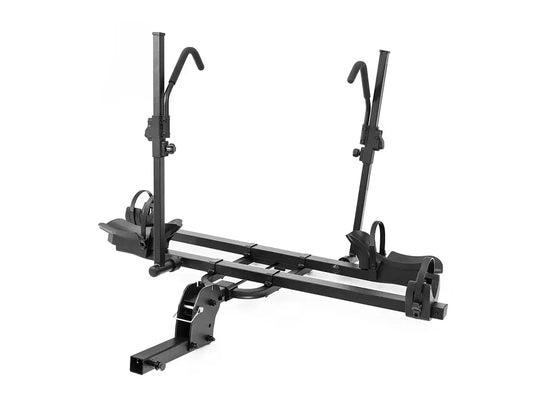
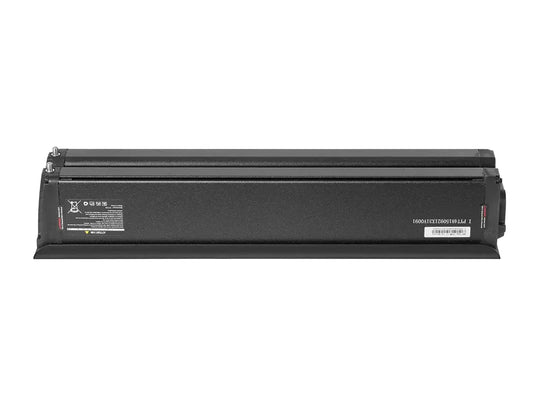

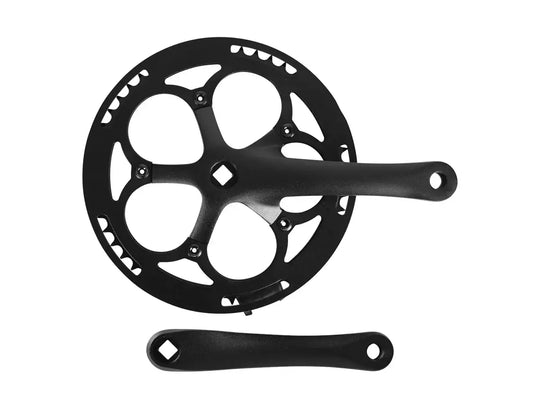
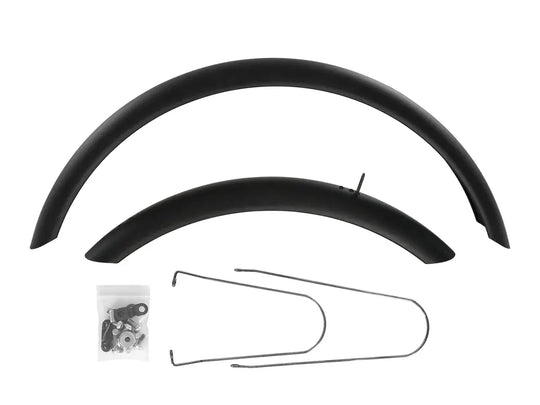
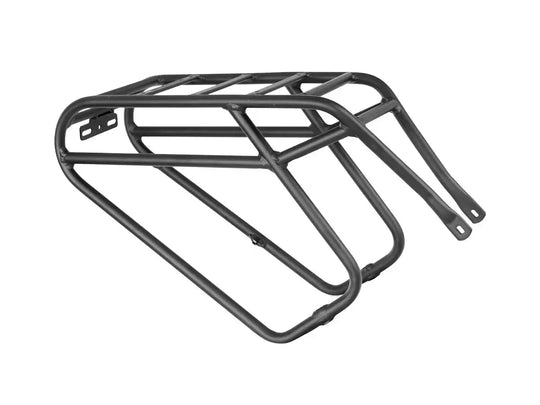
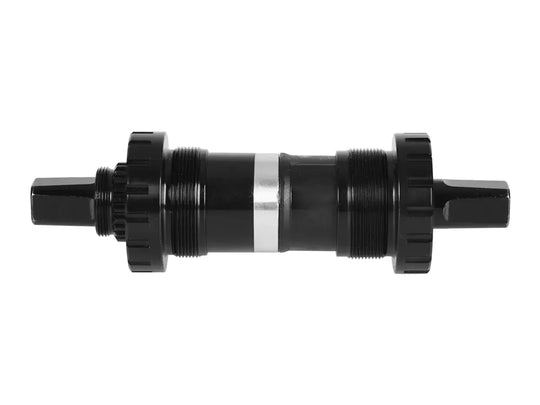
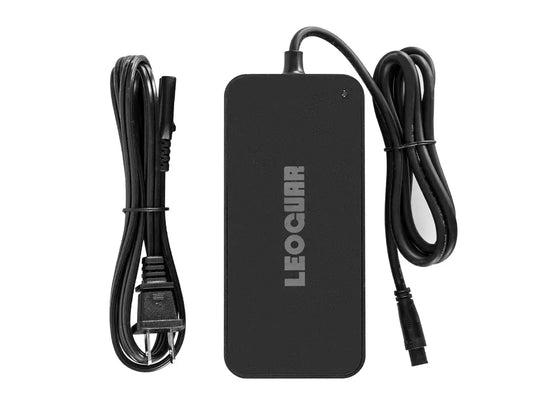
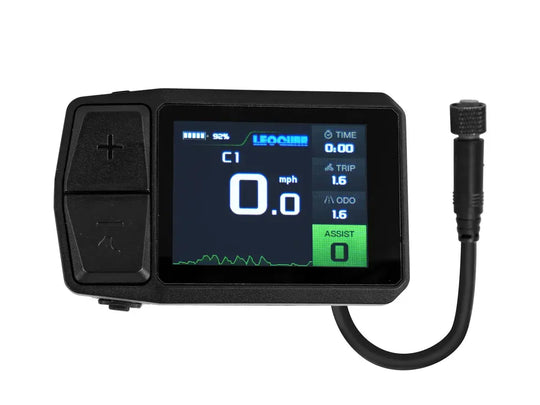









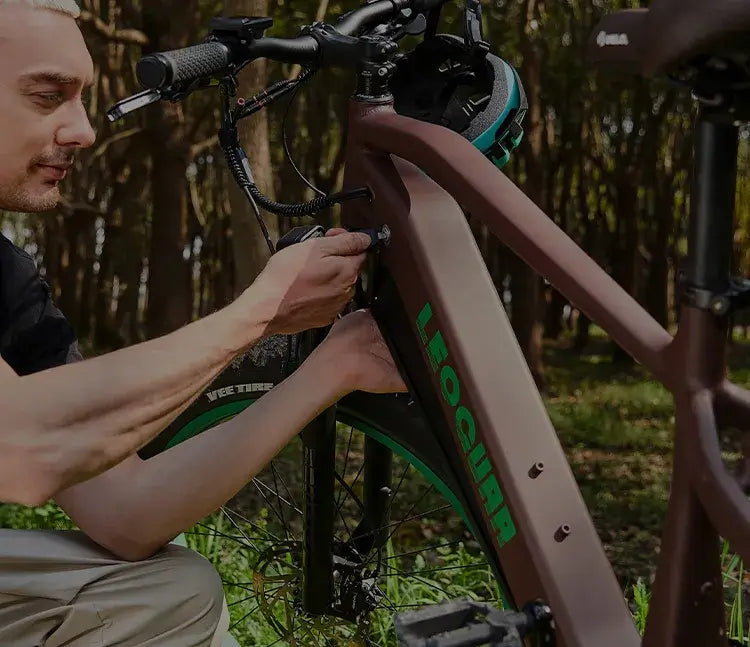
Leave a comment